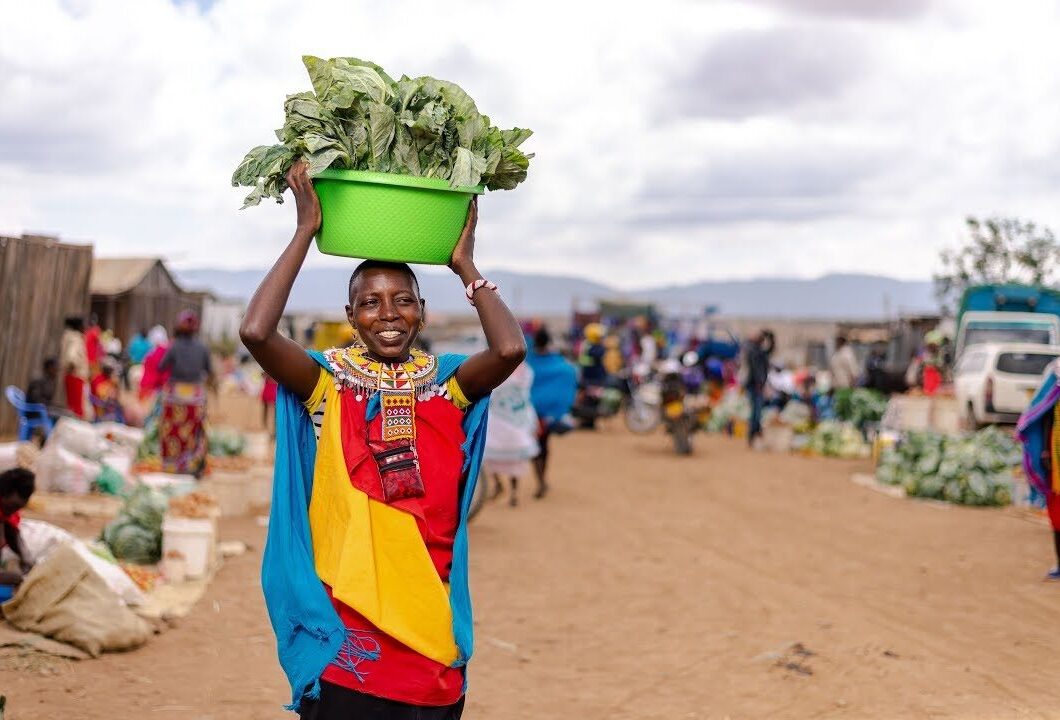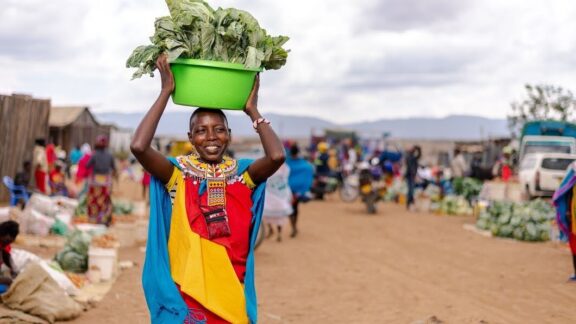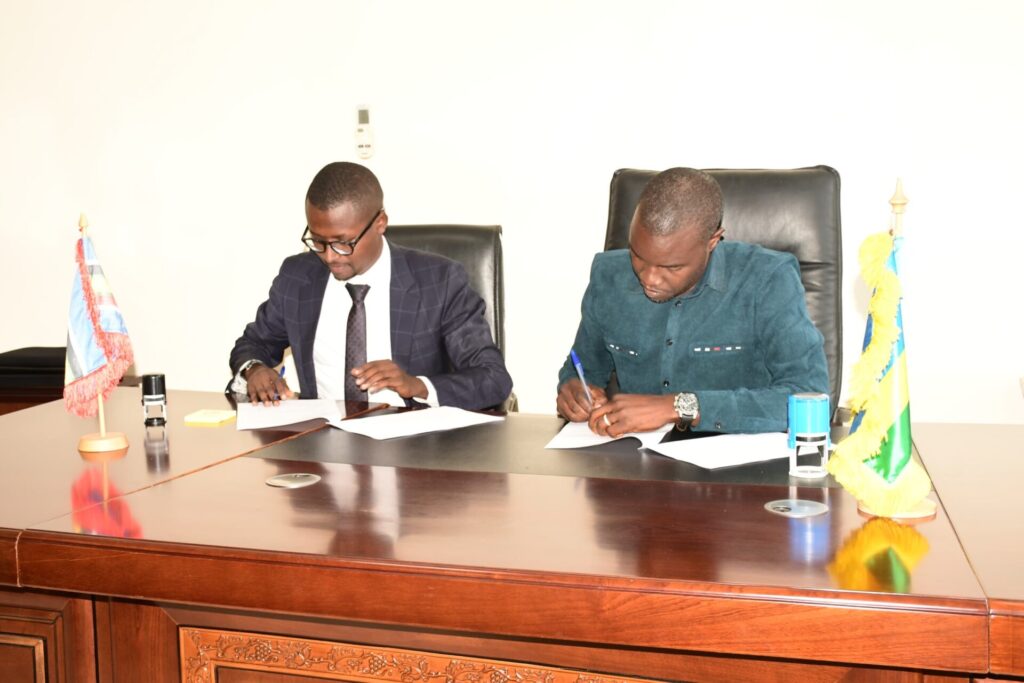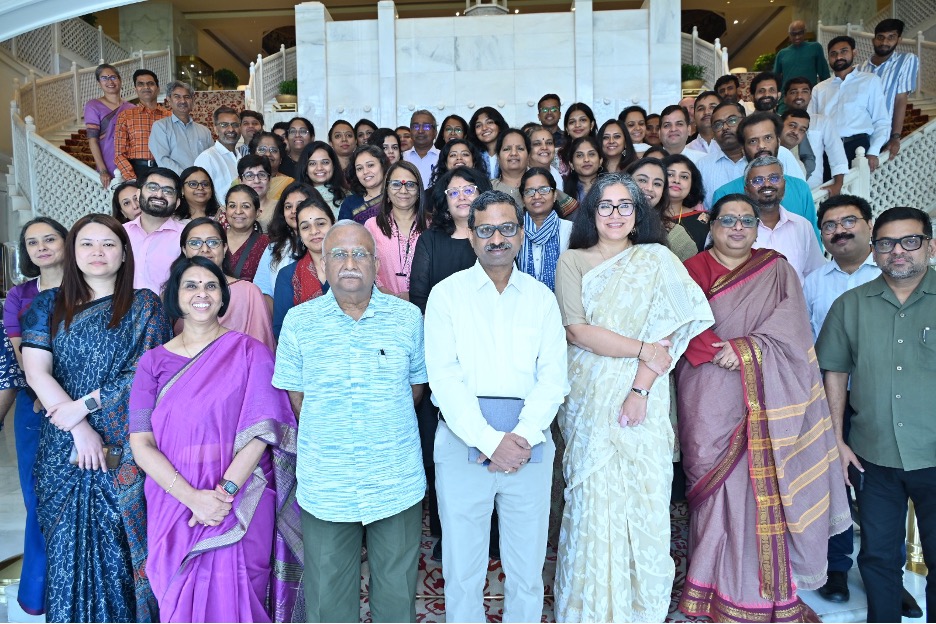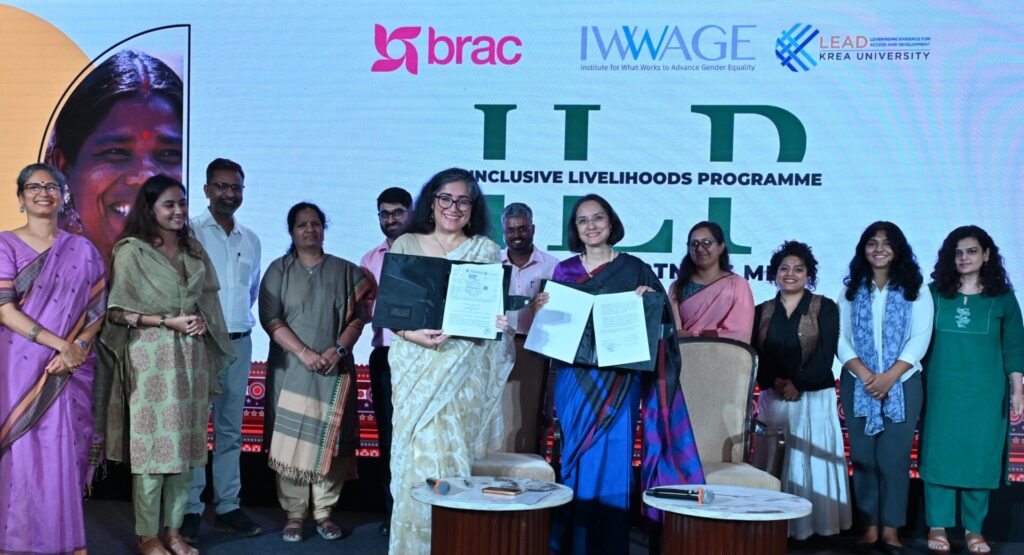By Sigal Samuel, Senior Reporter | Vox Future Perfect
This article originally appeared in Vox on June 24, 2022. Read it here.
If you want to fight poverty, you probably intuitively feel that the worst-off people are the ones who should be prioritized. As difficult as it is to live on a few bucks a day, someone who’s living on just $1.90 a day clearly has it worse, and it makes sense to think you should try extra hard to help the poorest of the poor.
It’s a big moral problem, then, that a lot of anti-poverty programs fail to successfully do that.
That problem has bothered Shameran Abed since the 1990s. Back then, he was working on voguish anti-poverty programs with the international development organization he directs from Bangladesh, known as BRAC. Microfinance was all the rage then, but it was becoming clear that microloans weren’t reaching the poorest households. Nobody wanted to lend to them because who knew if they could pay back the loan? And the poorest households often didn’t want to borrow because they weren’t confident that they could figure out how to turn a profit and repay.
Like many other charities, BRAC had also been distributing food to very vulnerable households. But Abed grew disenchanted with the model of simply giving away food, or even giving away money via cash transfers.
“It’s very important, but not transformative,” Abed told me. “You’re keeping people alive, you’re helping them to survive to the next day, but you’re not helping them move out of that situation. They’re going to need you to come back again and again.”
To put it in terms of a classic slogan: You’re giving them a fish, but you’re not teaching them how to fish.
Abed and his team decided they needed to try something new if they wanted to lastingly improve life for the worst-off — the “ultra-poor,” as they put it. So in the early 2000s, they went into village after village in Bangladesh, deliberately looked for the poorest people, and talked to them. And what they realized was that the ultra-poor aren’t only poor in terms of cash — they also lack knowledge about how to invest cash, lack confidence in themselves, and lack social ties to the broader community.
“We started realizing that it’s not going to be a simple sort of solution,” Abed said. “It’s going to have to be a package of things, because it has to address multiple vulnerabilities. So then there was this idea of a ‘big push’ investment.”
That “big push” is the idea that offering a combo of assets and training and cash — instead of just, say, cash — can trigger a virtuous cycle that ultimately helps ultra-poor people escape poverty. For example, you can offer people livestock plus training on how to make money off that livestock plus a bit of cash to sustain them while they get things up and running. This premise became the bedrock of what BRAC called the “ultra-poor graduation program,” which aims to “graduate” recipients out of extreme poverty.
:no_upscale()/cdn.vox-cdn.com/uploads/chorus_asset/file/23626648/Afghanistan_1.jpg)
BRAC pioneered this program in 2002, at a time when some of the world’s top development economists — like the 2019 Nobel Prize winners Abhijit Banerjee and Esther Duflo — were starting to champion a more scientific, evidence-based approach to figuring out what helps people in poverty. These economists decided to study the ultra-poor graduation program over many years to see its long-term effects. Because the graduation program in Bangladesh seemed to do a good job of lastingly increasing earnings, that model started spreading around the world. It’s currently in use in 50 countries, generating even more research aimed at evaluating the impacts.

